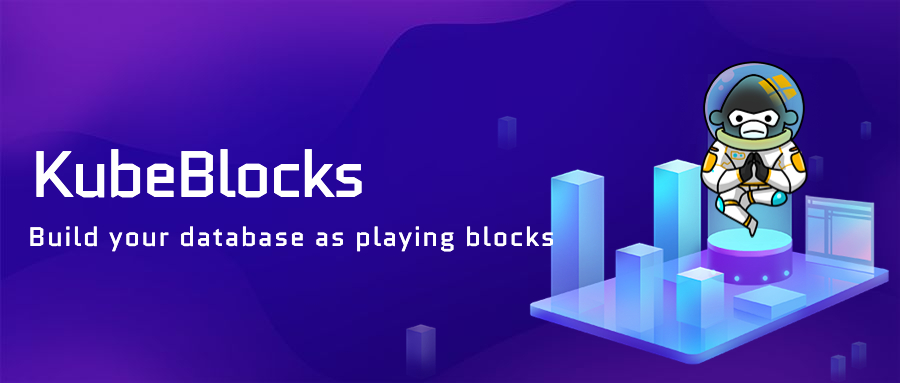KubeBlocks is an open-source and cloud-prem tool that helps application developers and platform engineers build and manage Kubernetes native data platforms. Based on the best experience of public cloud fully managed services, KubeBlocks improves the service availability, resource utilization, and developer productivity of data platforms on Kubernetes.
- Enhance stateful applications control plane manageability on Kubernetes clusters, being open sourced and cloud neutral
- Manage data platforms without a high cognitive load of cloud computing, Kubernetes, and database knowledge
- Be community-driven, embracing extensibility, and providing domain functions without vendor lock-in
- Reduce costs by only paying for the infrastructure and increasing the utilization of resources with flexible scheduling
- Support the most popular databases, analytical software, and their bundled tools
- Provide the most advanced user experience based on the concepts of IaC and GitOps
- Runs in Kubernetes clusters on public clouds such as AWS/GCP/Azure
- 50% cost down under the same workload, compared with fully managed database services
- Operates with A Kubernetes-style declarative API
- Provides kbcli, an easy-to-use intuitive command-line tool
- Enables a complete experience of Day-2 automated operation and maintenance, such as lifecycle management, backup, and monitoring
- Supports mainstream open-source database software, such as MySQL, PostgreSQL, Redis and etc.
- KubeBlocks supports conventional replication and consensus replication with ReplicationSet and ConsensusSet
- KubeBlocks deploys MySQL to 3 available zones and ensures availability when a single AZ is unavailable (RTO is less than 30 seconds) and supports role configuration and complex topological relationships of Leader, Follower, and Learner
For detailed feature information, see Feature list
Quick Start shows you the quickest way to get started with KubeBlocks.
Introduction is a detailed information on KubeBlocks.
Installation document for install KubeBlocks, playground, kbctl, and create database clusters.
User documents for instruction to use KubeBlocks.
Design proposal for design motivation and methodology.
- KubeBlocks Slack Channel
- KubeBlocks Github Discussions
- Questions tagged #KubeBlocks on StackOverflow
- Follow us on Twitter @KubeBlocks
Your contributions and suggestions are welcomed and appreciated.
- See the Contributing Guide for details on typical contribution workflows.
- See the Development Guide to get started with building and developing.
- See the Docs Contributing Guide to get started with contributing to the KubeBlocks docs.
KubeBlocks is under the Apache 2.0 license. See the LICENSE file for details.





